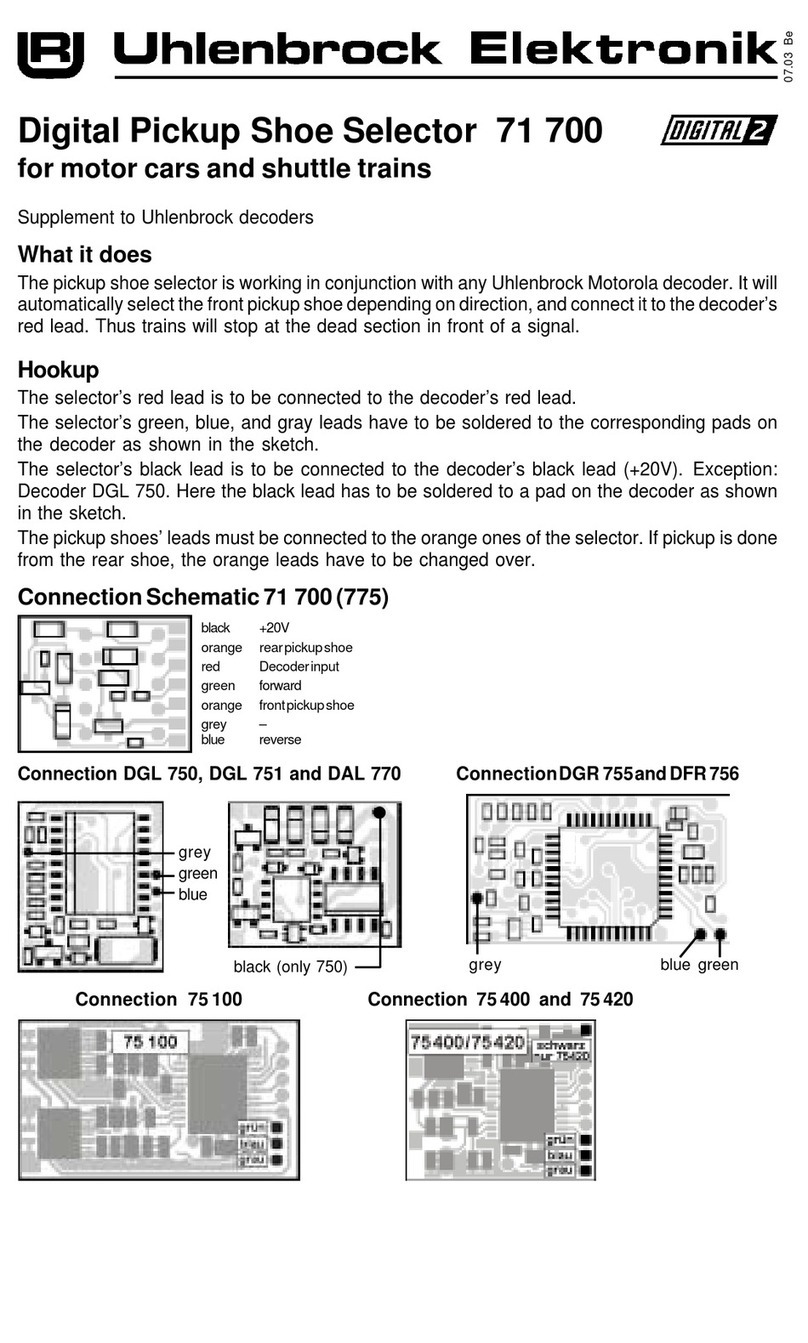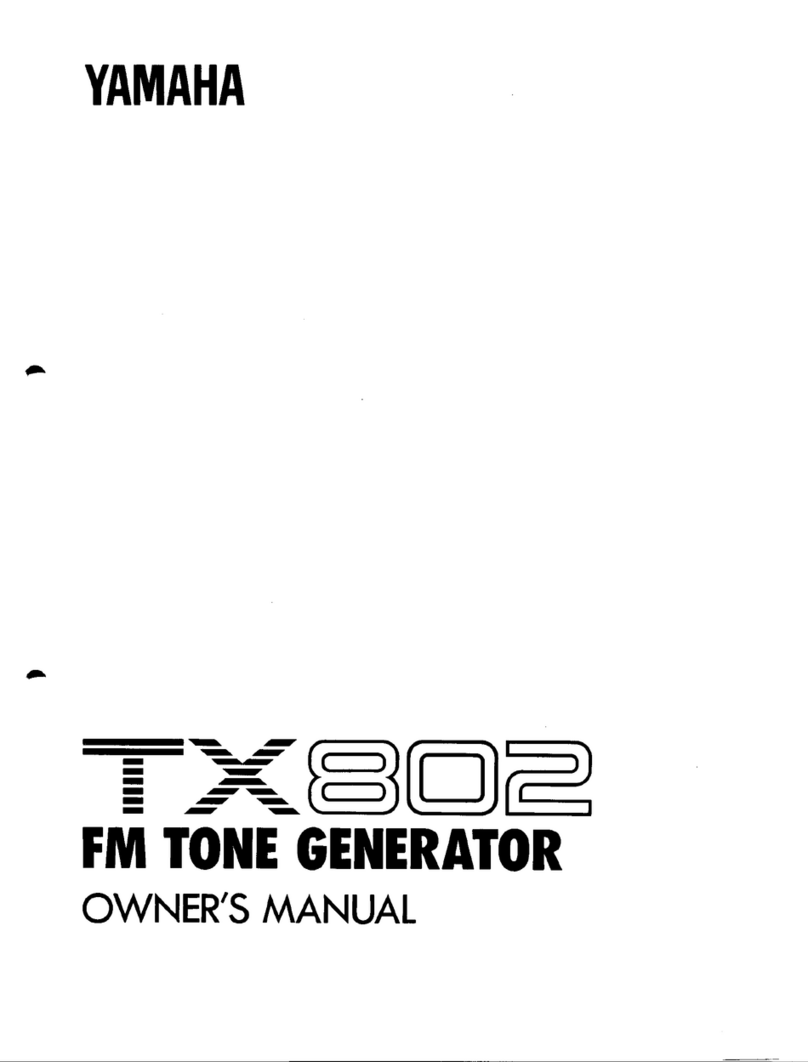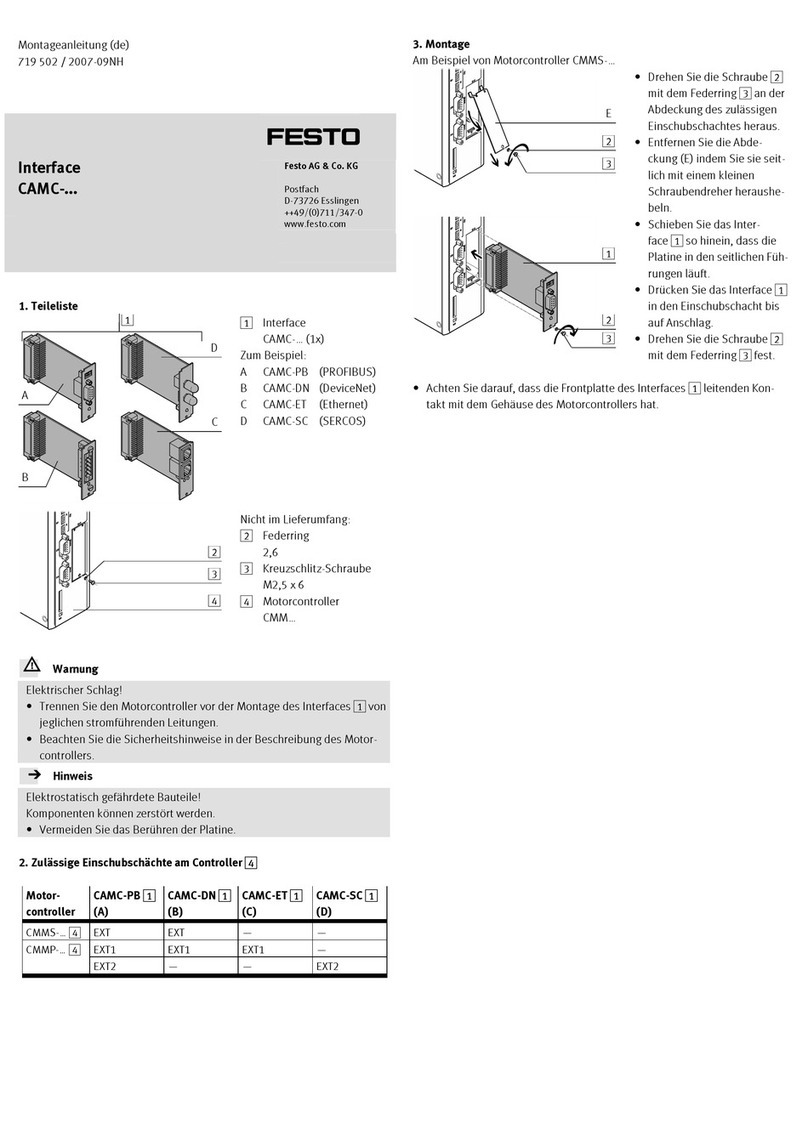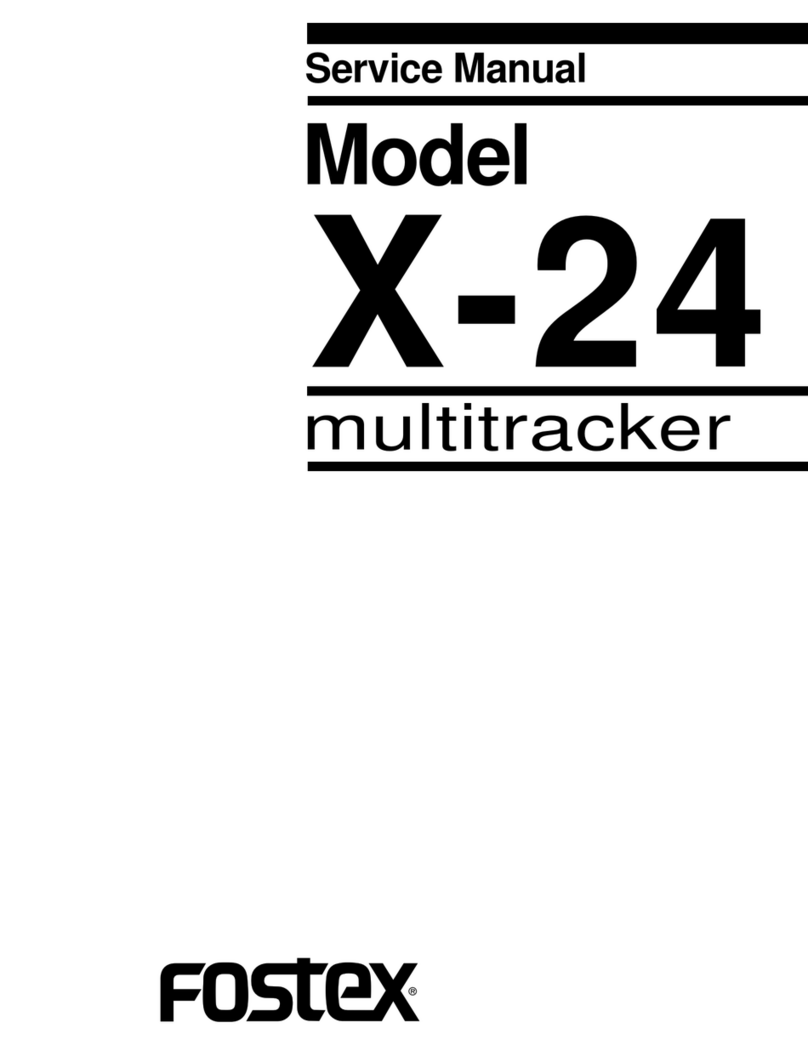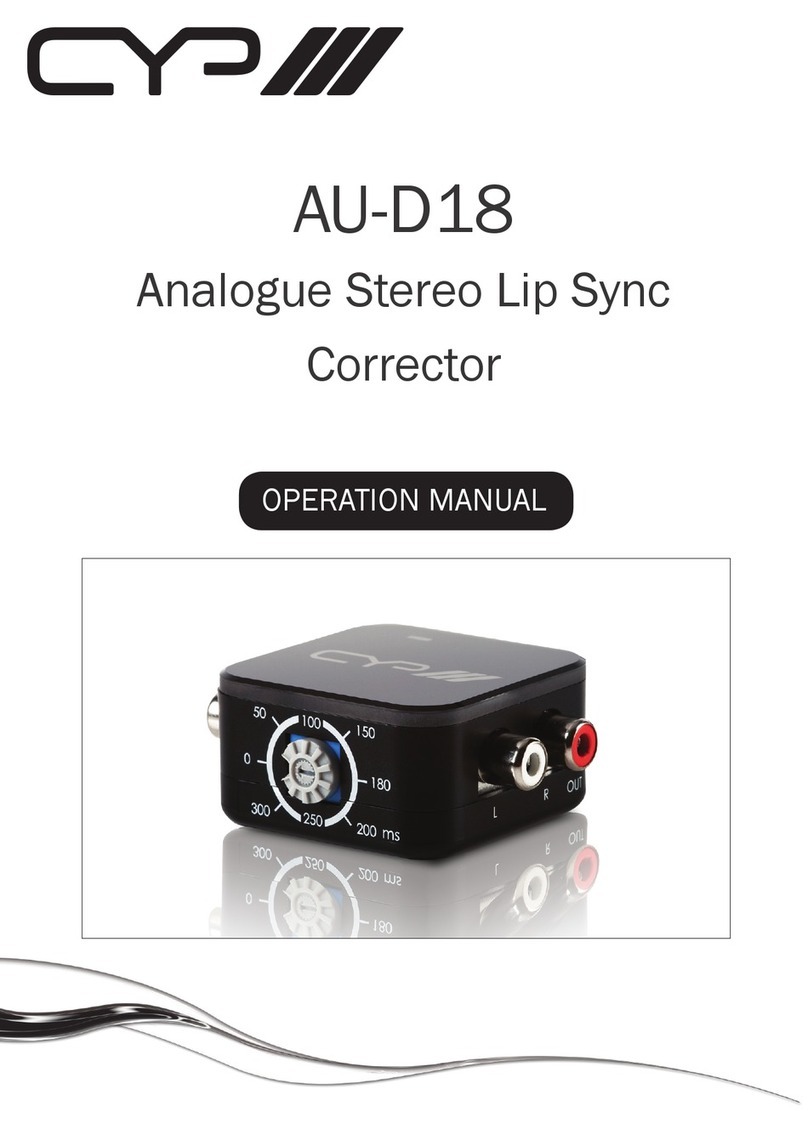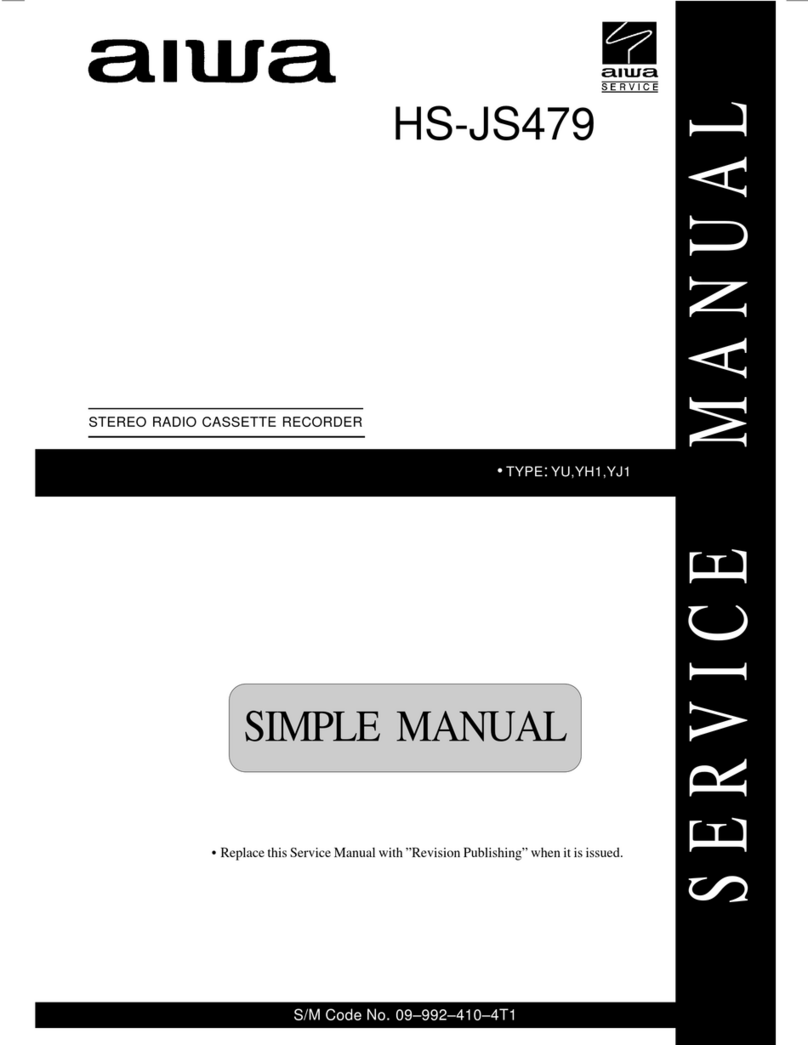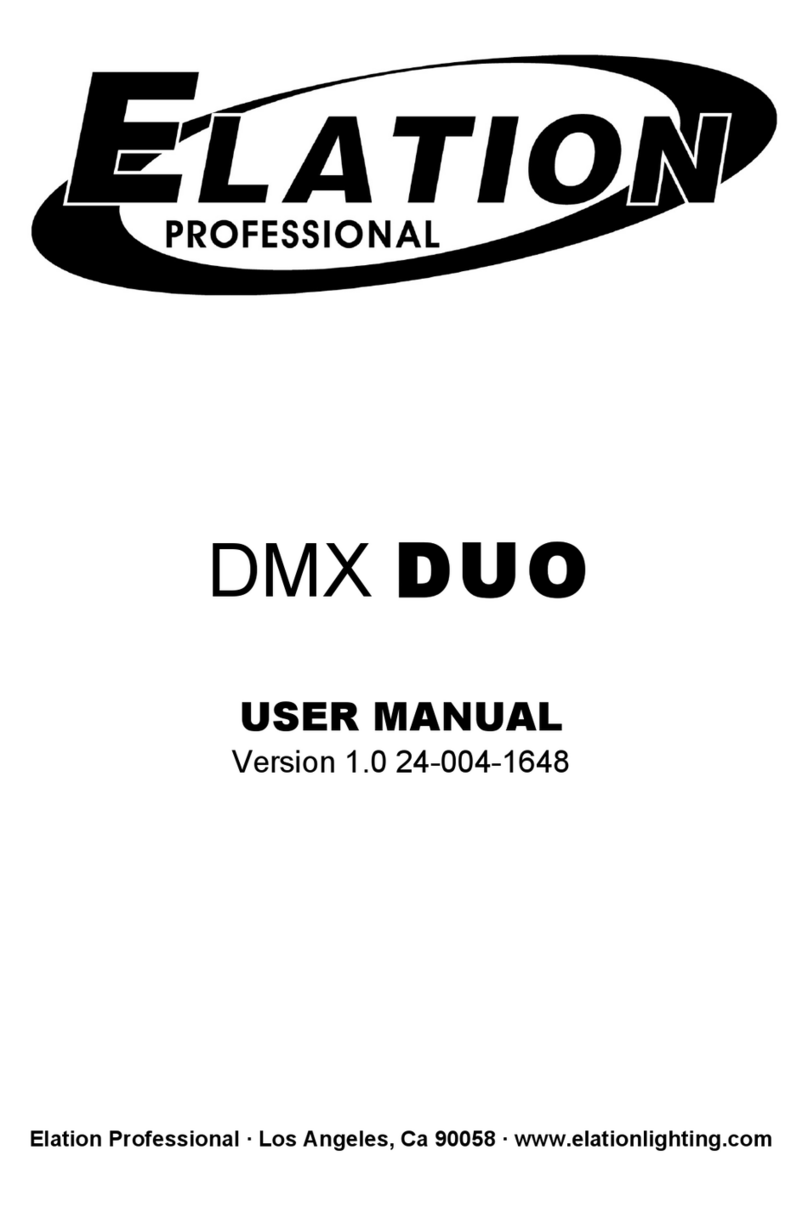Intellijel Quadrax User manual




















Other manuals for Quadrax
1
Table of contents
Other Intellijel Recording Equipment manuals

Intellijel
Intellijel XFADE 1U User manual
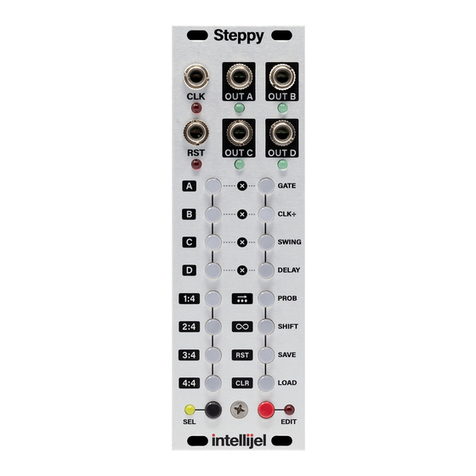
Intellijel
Intellijel Steppy 3U User manual
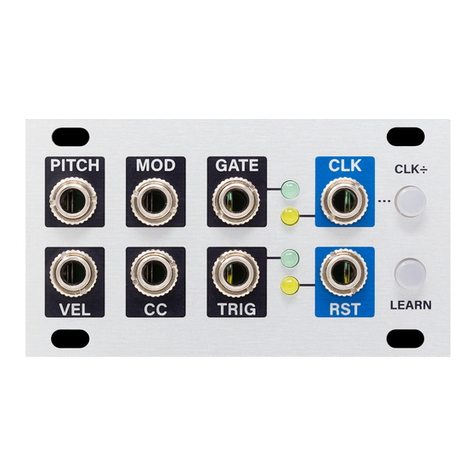
Intellijel
Intellijel MIDI 1U User manual
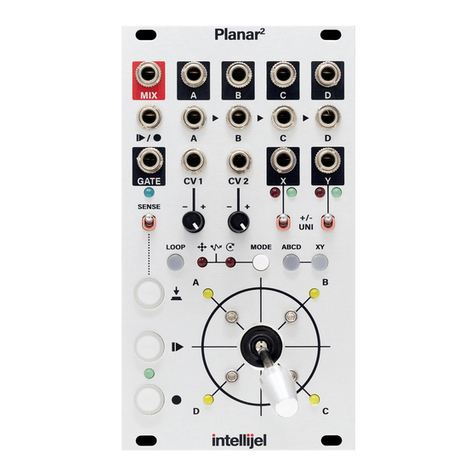
Intellijel
Intellijel Planar2 User manual
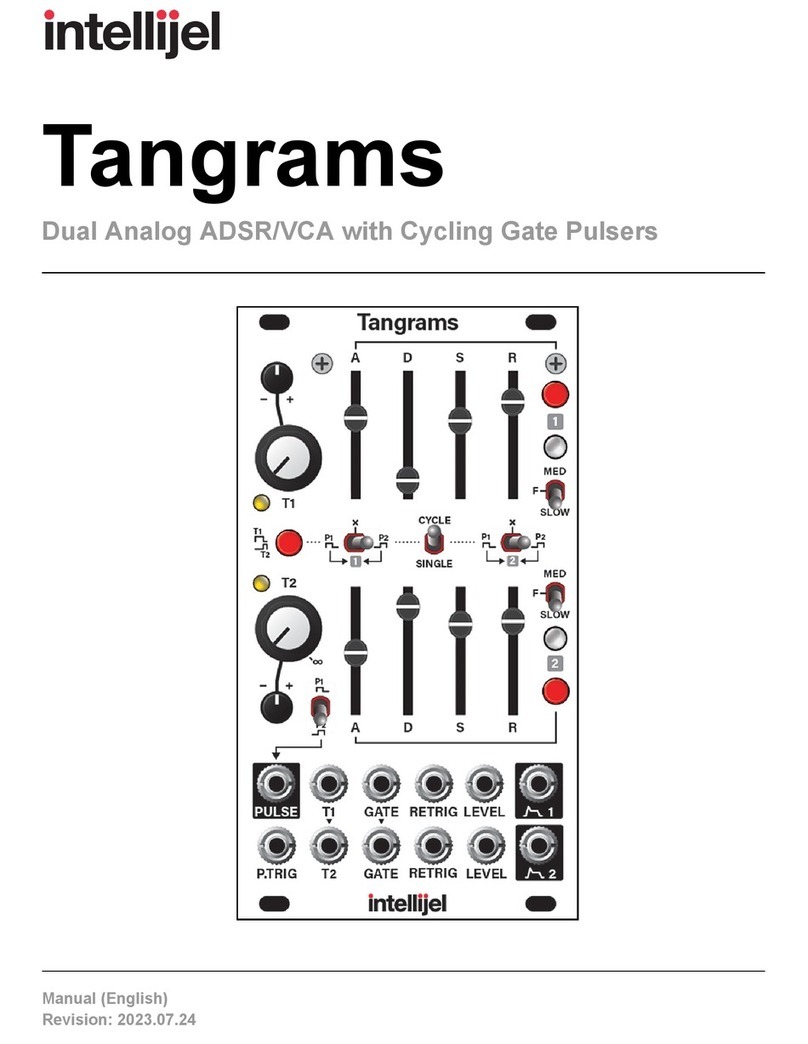
Intellijel
Intellijel Tangrams User manual

Intellijel
Intellijel Shifty User manual
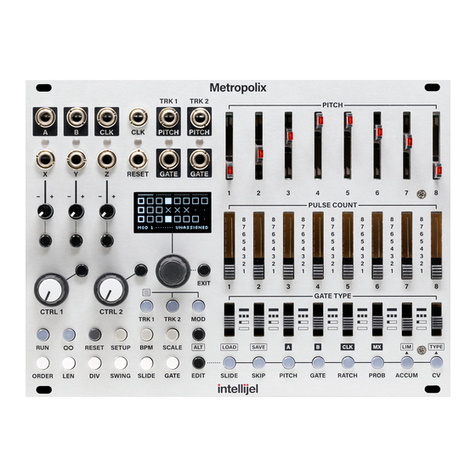
Intellijel
Intellijel Metropolix User manual

Intellijel
Intellijel Sealegs User manual
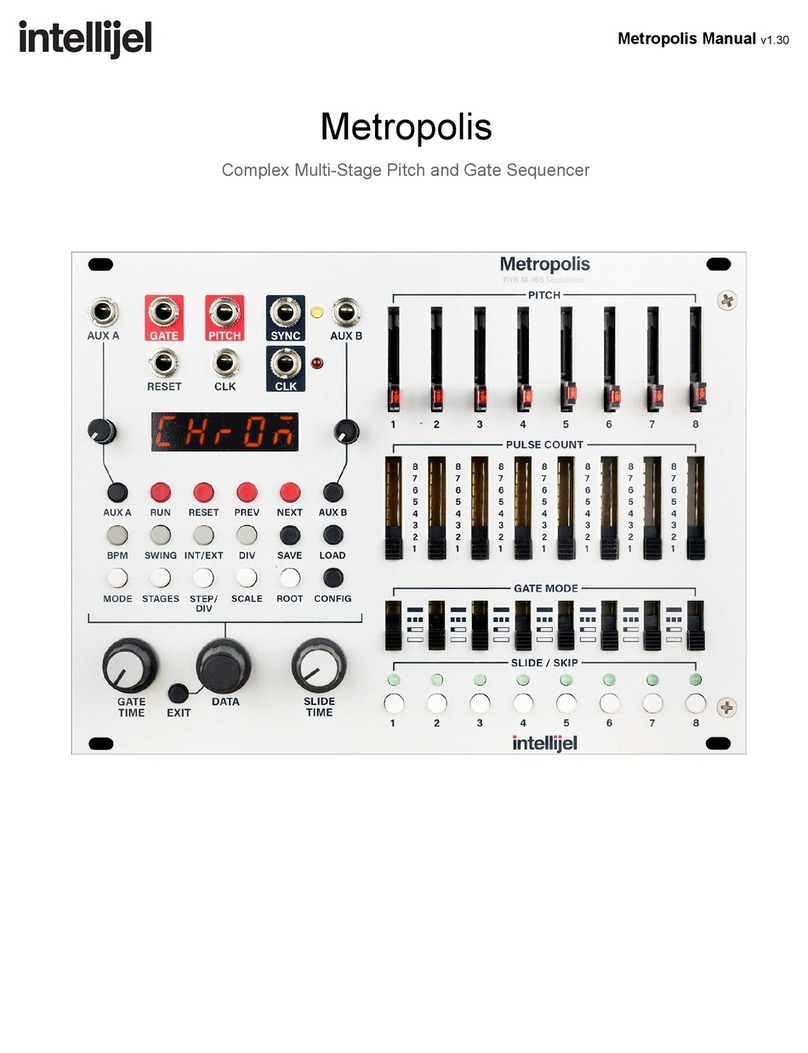
Intellijel
Intellijel Metropolis User manual
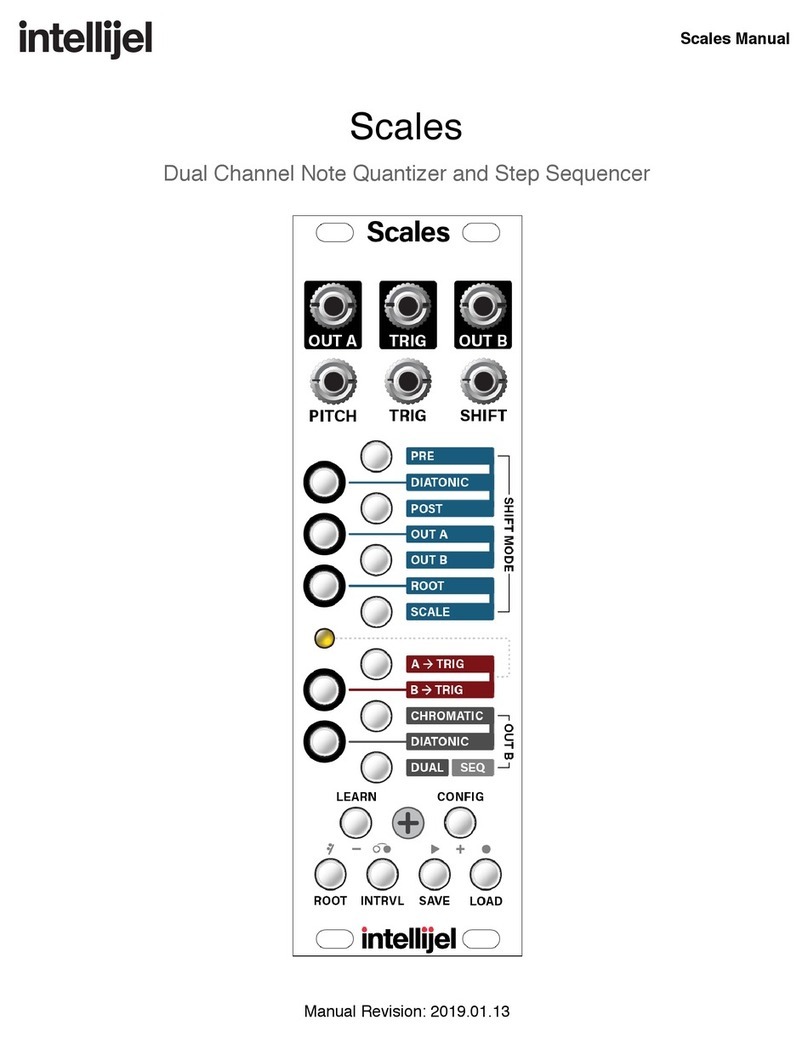
Intellijel
Intellijel Scales User manual
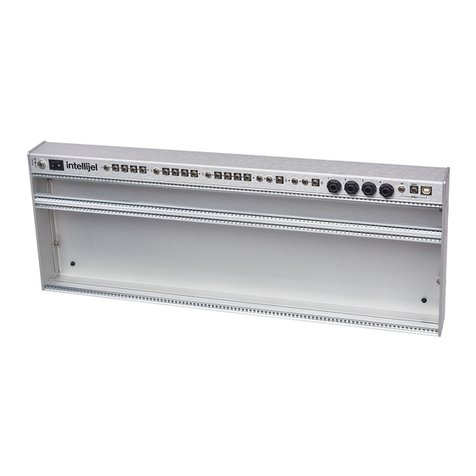
Intellijel
Intellijel Palette 104 User manual
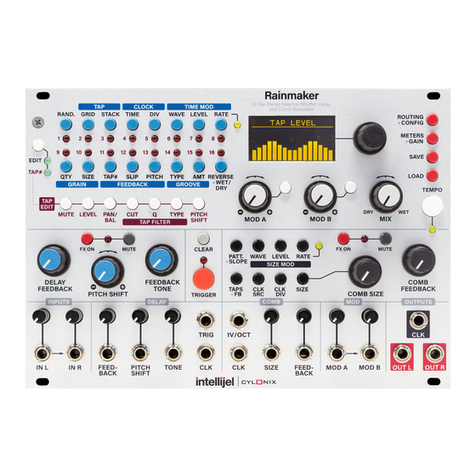
Intellijel
Intellijel CYLONYX Rainmaker User manual
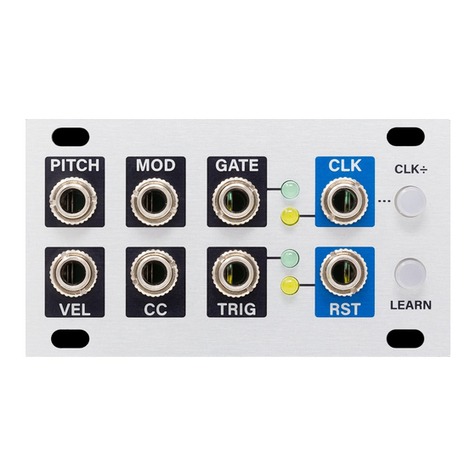
Intellijel
Intellijel MIDI1U User manual

Intellijel
Intellijel Steppy 3U User manual
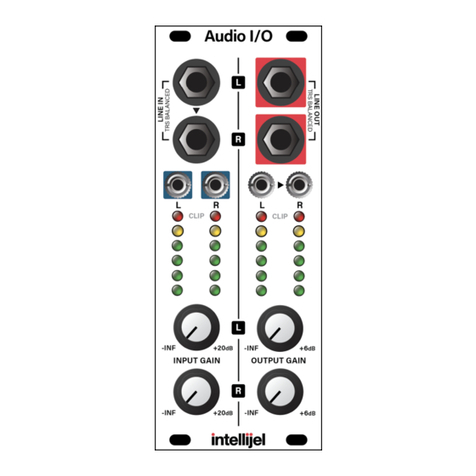
Intellijel
Intellijel Audio I/O v3 2023 User manual
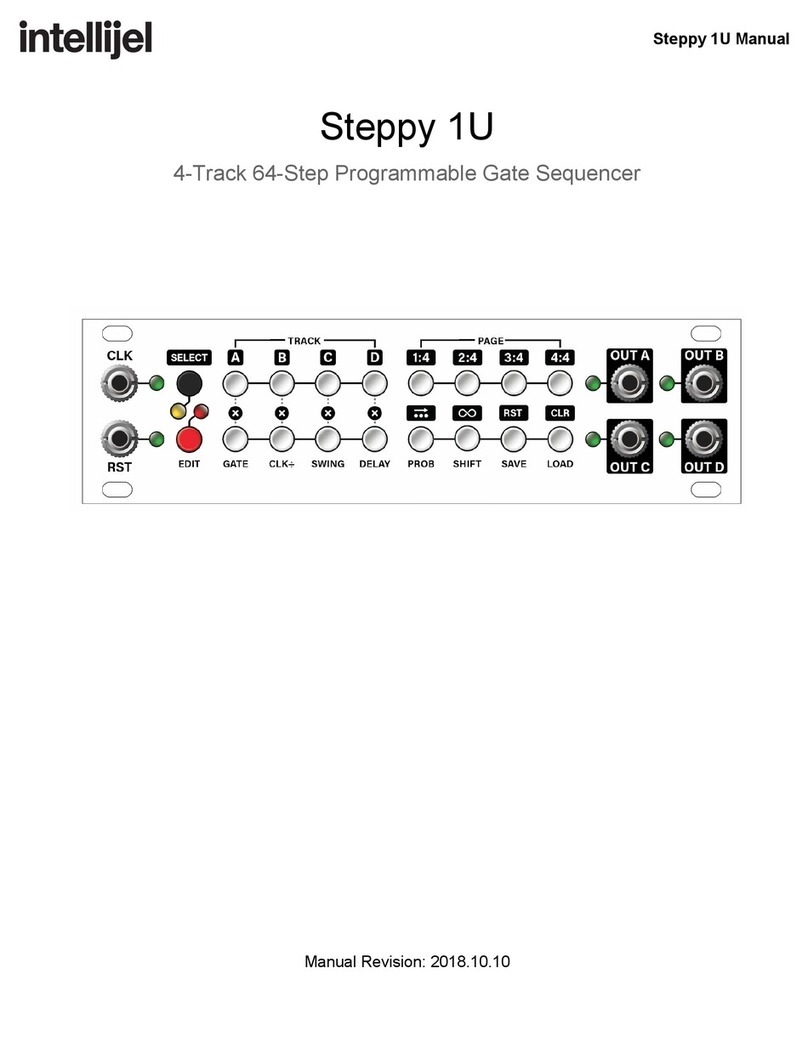
Intellijel
Intellijel Steppy 1U User manual
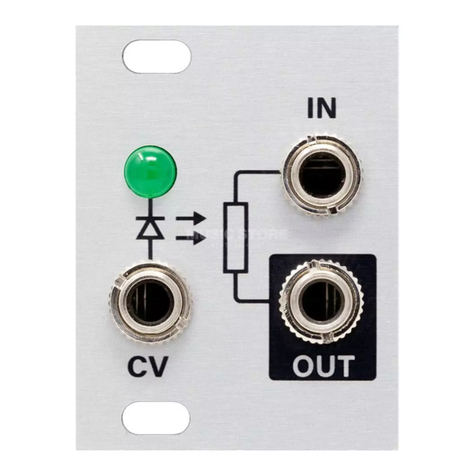
Intellijel
Intellijel Passive LPG 1U User manual
Popular Recording Equipment manuals by other brands

Hagerman Audio Labs
Hagerman Audio Labs Trumpet MC manual
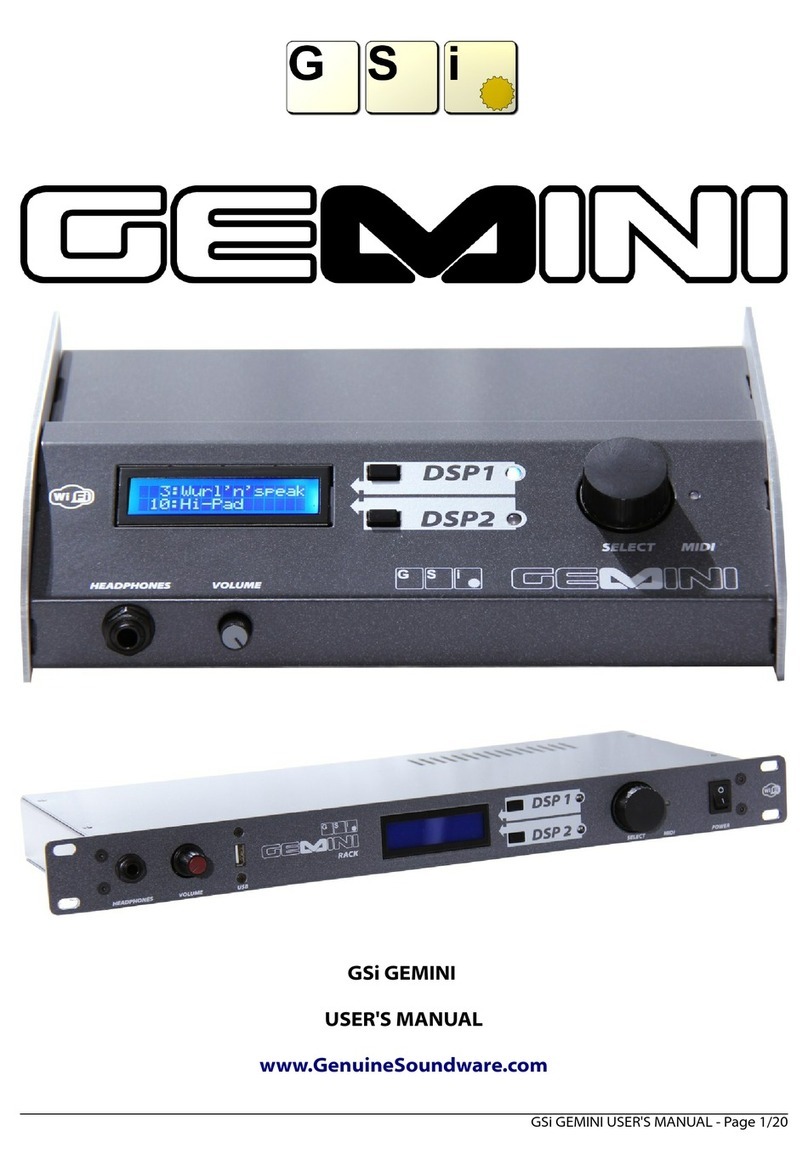
GSi
GSi GEMINI Desktop user manual

Videoswitch
Videoswitch VDM-4G80 user manual
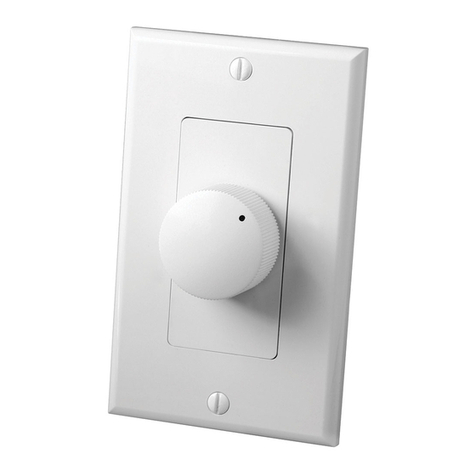
SNAP
SNAP episode EA-MR-COMM-RVC-25 owner's manual
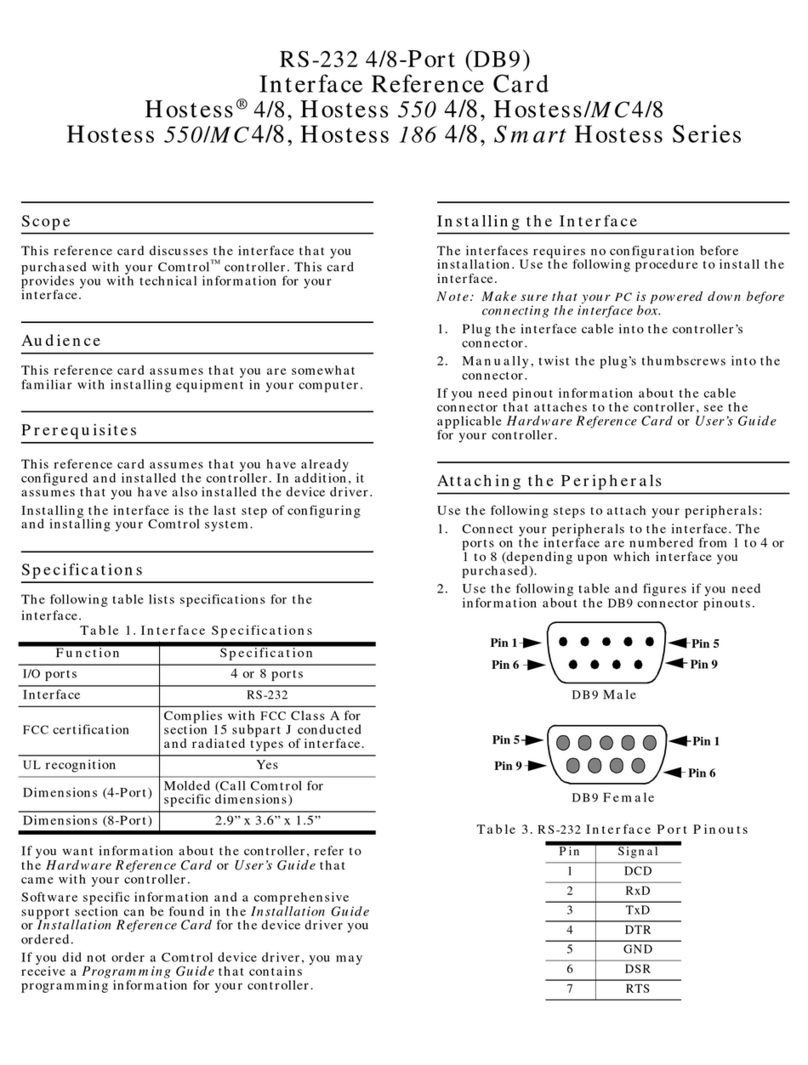
Comtrol
Comtrol Smart Hostess Series Reference card
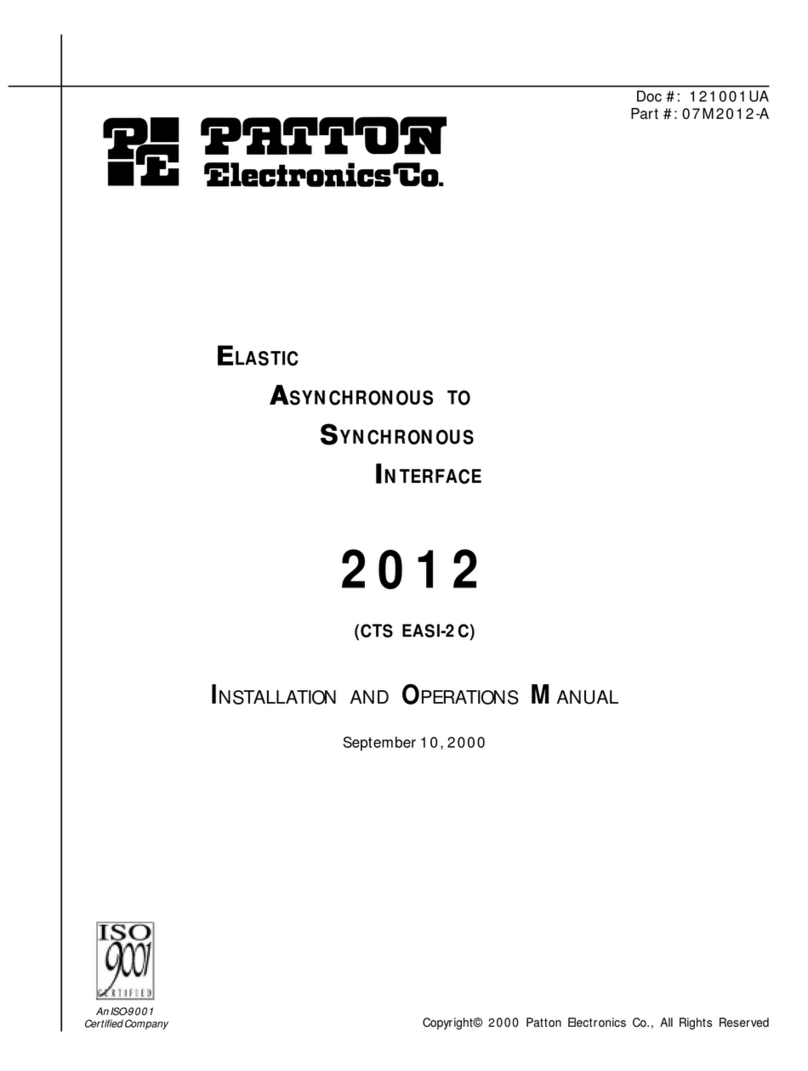
Patton electronics
Patton electronics 2012 Installation and operation manual
